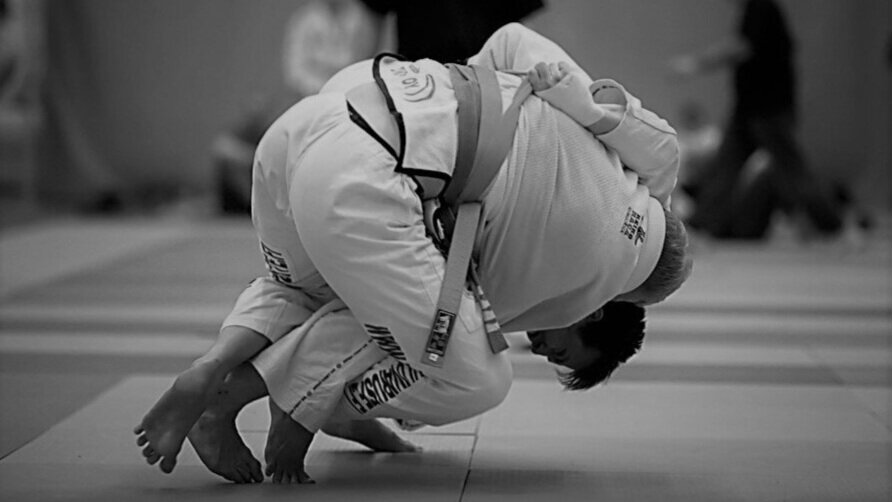
Best Practices
Overview of BJJHeadStart recommended practices
BJJHeadStart has done a lot of research and testing of the various ways to practice standup game for BJJ.
We believe that sharing our findings is best done by providing Best Practices that could be adopted by any practitioner, coach or school. BJJ community is yet to adopt deliberate practices to standup skills. This page presents some of our contribution to that journey
New content will be added to this page on regular basis.
To get more practical introduction to the BJJHeadStart, checkout free guide or join a seminar.

Starting Game
Develop the skills that matters
Skillset wallpaper
When time of the essence, prioritization is needed. In the end the skills that you will acquire, depends on the efforts that you allocate to them. BJJ Practitioner faces a challenge with plethora of standup skills that would be useful. But it is not feasible to become good enough at everything.
You also need to understand when to look for generic skills (using thumb rules) and when to go deep in to specialized skills. While Gripping and Defense are “generic skill” heavy, Offense requires specialization to low number of well trained techniques.
While typical stand up training focuses on takedowns, it is actually advantage in gripping that best predicts your success. Also realize that you can achieve your BJJHeadstart using sharp defensive reactions.
Luckily there is a best practice for the BJJ standup skillset that helps you to focus on the skills that matter. Study this and your time investment pays off.
More details and samples are coming to this section. Follow BJJHeadStart in social media to get notified when that happens.

BJJ Practitioner
Organize your training routines efficiently
Practitioners wallpaper
A good takedown game has the same characteristics no matter what are the techniques in use. Best practice process will help you to get your game together when you already have a game that needs tuning or if you want to develop a new game.
Developing a game that works, requires exploring of the game in practice and iteration based on learning. Iteration simply means that feedback is considered cleverly and there is a best practice for that too.
Results are achieved only when correct actions are done in correct situation. That requires also tactical understanding and decision making skills.
Eventually the target is to have a game plan that works in practice and delivers the result.
“Poor Man’s takedown is something that does the trick, is easy to learn/execute and is hard to counter”
Poor Man’s Takedown
There are no shortcuts to learn takedowns! Not entirely true. Poor Man’s Takedown is a BJJHeadStart concept that aims to simplify any takedown by using a “standard formula”. In a nutchell a the idea is the following:
First focus on the core of the takedown. Add control using dominant grips and minimize the number of moving elements by targeting a “One step entry”
Second, make sure that you can score points/land in favorable situation after the takedown. By now you would know how to score, if you just the the needed grips
Then work on you gripping skills to get where you need to be to hit your takedown
In order to then build a game around your Poor Man’s Takedown, you also need an alternative technique from the same setup, but to another direction (to make your game unpredictable). This game you should then drill using realistic setup, and explore in practice to learn when it works and when it doesn’t.
We will walk through this process with a practical example in the the free guide. Do yourself a favor and check that out.
Sample of how the concept of the Poor Man’s takedown is utilized to a Seoi Nage Throw:

Coach
Support the Process
Coach’s view
Understanding of how we learn has greatly increased in the past decades. However teaching styles in fairly new art of BJJ have only recently started to adopt. Putting it short: Coaches job is to support the process. Well defined approach helps coach to do this well, even though they would not be takedown specialists themselves.
Modern science has proven that learning is more efficient when instead of exact instructions, a goal is given to a trainee. BJJHeadStart will consider that as a best practice for learning skills.
Coach Checklist goes hand in hand with the Practitioners Best Practices (described in above section).
Ultimate guide to positional sparring exercises for BJJ standup
Getting better at a skill requires repetitions with good quality. And in order to achieve good quality, you need to focus to what you do. This is well understood in BJJ in general and positional sparring is considered as a method to really learn BJJ. Eventually free sparring is needed to integrate your game together but that is not the best method to improve skills on certain specific areas of BJJ.
When it comes to standup part of BJJ, “starting from standing”, tackles that integration part, but its not ideal to learn the specific situation of starting a BJJ match.
This guide presents a framework to organize positional sparring exercises for the beginning part of BJJ match. Starting from standup and ending up there where the ground game starts, preferably at the situation with practitioner having the advantage, in other words: head start.
Following the ideas from this guide several benefits are expected:
Skills:
Improved scoring skills for takedowns
Improved tactical skills
Improved opponent reading skills
Improved self reflecting skills
Improved risk management skills
Improved conditioning (with high intensity also anaerobic performance
Understanding:
Understanding the goal of beginning of the match
Reality check for getting takedown points
Understanding the typical paths game can follow
Understanding the importance of not being one dimensional, motivation to have more than 1 skill
Benefits compared to “starting from the feet”:
Lots of repetitions for the skills needed for a match start
Flexible exercise framework provides capability to organize lots of variants to achieve different type of goals
Lower risk of injury even with higher intensities. Making this an excellent competition preparation exercise
Video guide is still on its way. Follow BJJHeadStart in social media to get notified when that happens.

Curriculum
Best Practices should be built-in to your Gym’s training schedule
Make you gym to stand out.
Best gyms are organized with the best curriculum and have the culture that embraces the improvement. BJJHeadStart drives to implement key concepts and processes in to your gym’s training curriculum.
The greater improvements can be achieved if the practices are landing in to your everyday ways of working.
Building blocks
After you have studied BJJHeadStart approach from the Game, Practitioner and from the Coach point of view, you already have all that you need to start making the change.
You have learned that BJJHeadStart is not about the techniques, but rather well packaged concepts and processes that form a complete approach to practice standup for BJJ.
Integration
Gym size, level and type of the trainees/trainers, weekly schedule and current curriculum are all gym specific.
No matter which level your gym is at the moment,you can utilize BJJHeadStart approach to make you gym better. And you can do it step by step too.
Journey
Although changing the way how BJJ standup is practiced is the ultimate goal for BJJHeadStart, it does not happen easily or over night.
If you have the change to get BJJHeadStart seminars, you will get support for your journey. We will also do our best to provide to support the change through the materials we provide

“Knowledge is of no value unless you put it in to practice”



